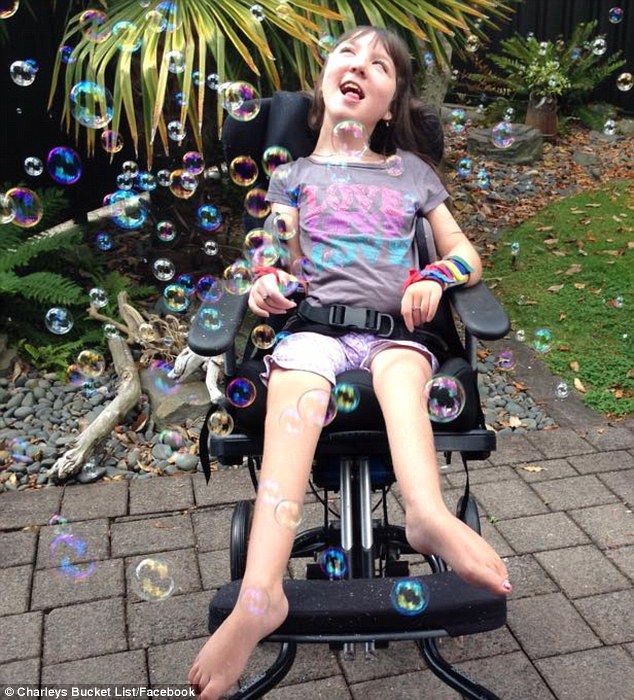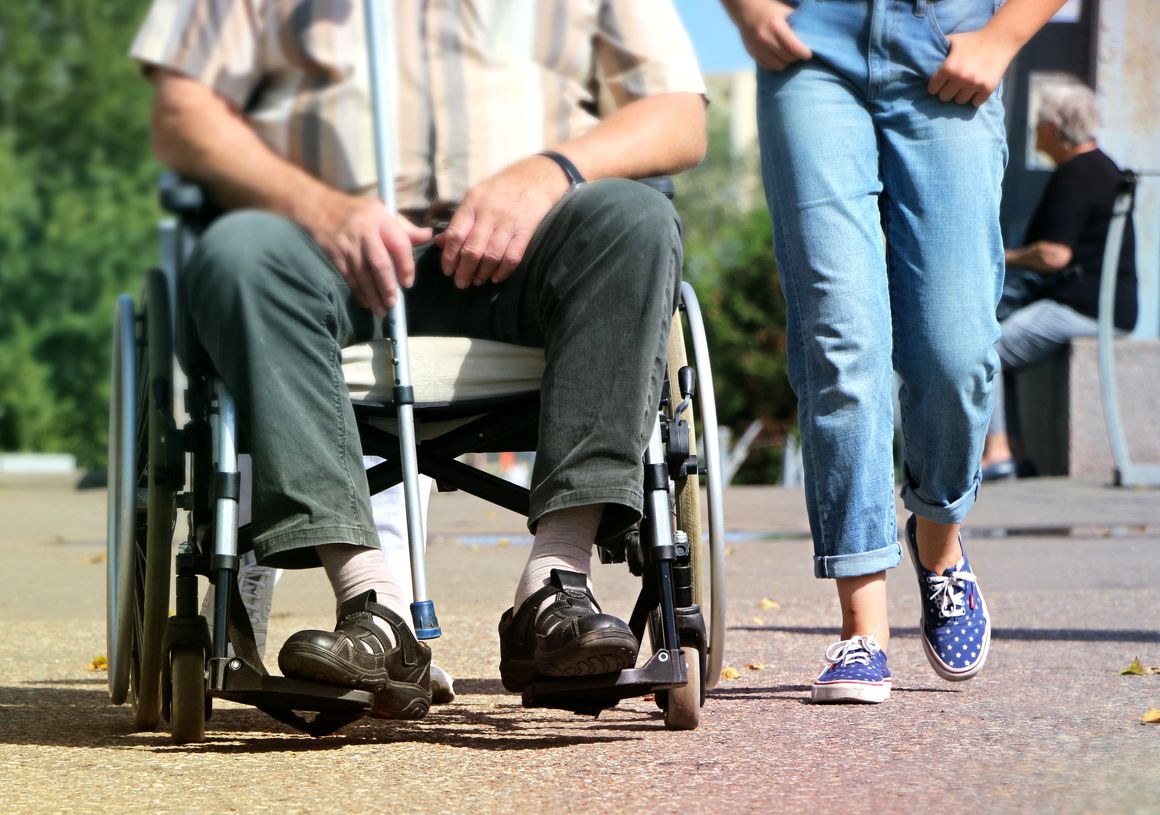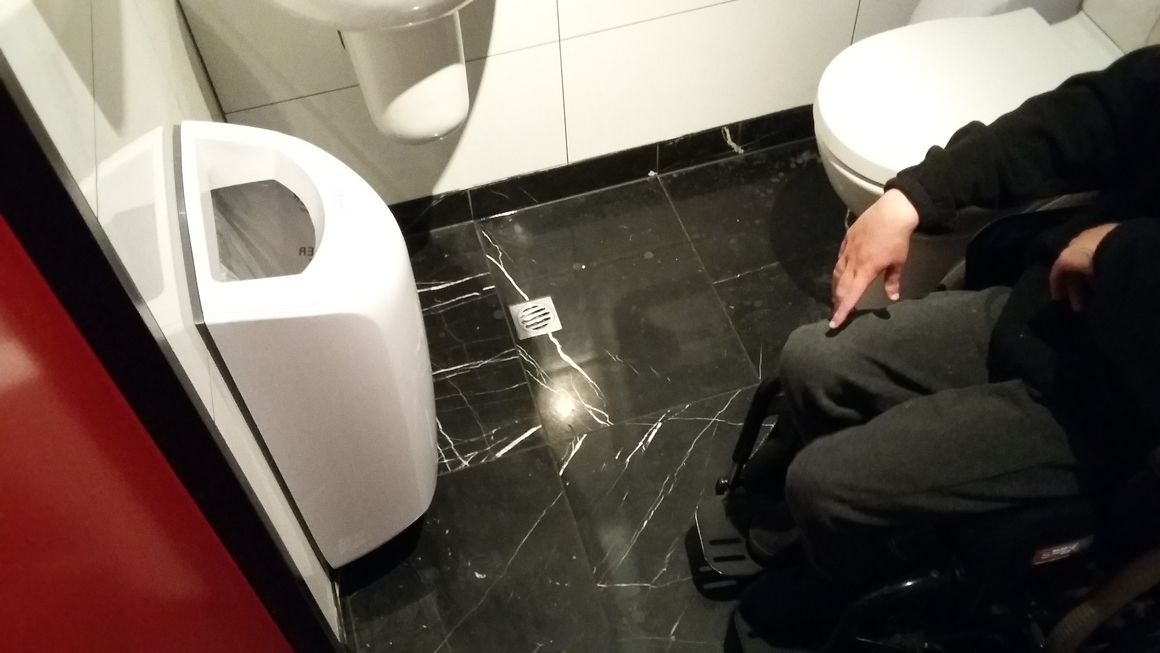Our Supporters
Thank you to all these groups for their continued collaboration and support. We would also like to
acknowledge the support and encouragement of Changing Places UK.

Research at the University of Dundee (Scotland) found that approximately four people in every thousand are potential users of Changing Places bathrooms. This means there are about 17,000 people in New Zealand who are unable to use a standard accessible toilet.
These potential users include:
This is not a complete list. There are many, many reasons why people might need special assistance to change or use the toilet.
For some people a standard accessible toilet is usually enough, but there are times when they need extra facilities. Just knowing that fully accessible changing facilities are there if they are needed can make all the difference for people to get out and participate in the community.

Some people can use accessible toilets with assistance from their caregivers, so long as there is enough room. Unfortunately, minimum standards for accessible toilets only require enough room to park a wheelchair next to the toilet, and wall-mounted hand rails. People who need help to move out of their wheelchair find that most accessible toilets do not have enough room for their caregivers.
Some other people with a catheter or colostomy need extra space in the toilet to empty their waste bag and clean up. People in this situation find that most accessible toilets do not have enough shelf space for their supplies.

When the caregiver has to use the toilet, it might not be appropriate to leave the person in their care outside of the room. However, if the caregiver is not a close family member then it may not be appropriate for the person in their care to remain in view.
The solution is to put a screen or curtain around the toilet. This gives everyone dignity and privacy, while the caregiver and the person in their care are safe in the same room.
Some people need to lie down to change. When a person becomes too tall and heavy to safely use a baby changing station, the only options are to change on the floor of a public toilet or change in a public place like the back of a car. Changing in these conditions is undignified, unhygienic, and unsafe. Nevertheless, people in this situation often routinely carry all the necessary equipment with them, including wipes, a changing mat, and pads.
As well as the obvious hazards of lying down on the floor of a public toilet, it is also dangerous for people and their caregivers to move to this position without using a hoist.
People can have bladder or bowel incontinence for many reasons. It is common in people with certain medical conditions, and is more common in older adults. Many people with intellectual disabilities also have incontinence.
Some people use incontinence aids like adult diapers. Others might normally use a standard accessible toilet, but if they have an accident they need a suitable place to clean up and change.
Incontinence can be deeply embarassing. This can lead to people being too scared to go out in the community, or deliberately not drinking enough water and risking dehydration or urinary tract infections.
Accessible public toilets are everywhere and accessible to all, right?
LEARN MOREWhat do they have that an accessible toilet doesn't?
FIND OUT HEREHow many people are potential users?
POTENTIAL USERSWhat locations would be best suited and beneficial?
START LOOKINGChanging Places bathrooms are so much more than accessible toilets. They enable freedom to those living with profound disabilities to interact fully with our communities and facilities without worrying about a loo!
Imagine not being able to shop, socialise or travel without access to a toilet that met your needs?
Thank you to all these groups for their continued collaboration and support. We would also like to
acknowledge the support and encouragement of Changing Places UK.